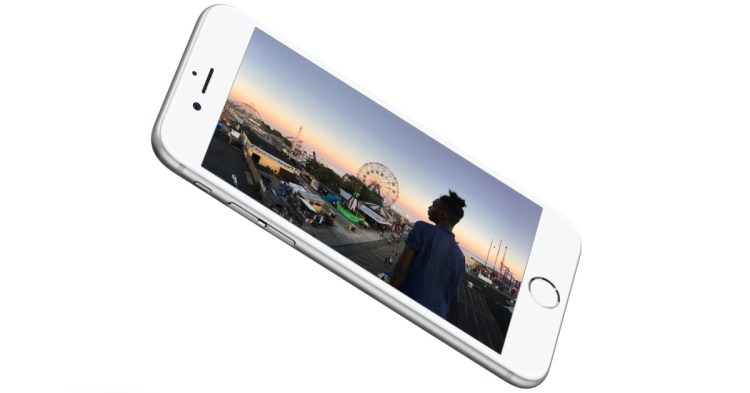The iPhone continues to carry Apple, but sales are flat for the first time in the device’s history.
As part of the company’s latest quarterly earnings announcement, Apple revealed today that it sold 74.8 million iPhones, 16.1 million iPads, and 5.3 million Macs during its fiscal first quarter of 2016. These aren’t the results Apple typically delivers at this time of year, which shouldn’t come as a surprise given rumors of iPhone production cuts.
In Q1 2015, Apple sold 74.5 million iPhones, 21.4 million iPads, and 5.5 million Macs. This means that year-over-year, iPhone sales were up 0.4 percent, and while that means the company set a new record yet again, it isn’t the double-digit growth investors are used to. iPad sales were down 25 percent and Mac sales were down 3.6 percent.
Q1 2016 industry estimates for iPhone sales ranged between 75.18 million and 78.74 million, while estimates for iPads ranged between 17.13 million and 18.22 million. Apple thus failed to surpass both iPhone and iPad estimates.
The company’s iPhone business is naturally much more important than its iPad one, but investors are used to not just record-breaking for the holiday quarter, but massive growth as well. As a result, the company’s stock is down slightly in after-hours trading.
These results indicate the new iPhone 6s and iPhone 6s Plus are selling well, but not stupendously so. “Our team delivered Apple’s biggest quarter ever, thanks to the world’s most innovative products and all-time record sales of iPhone, Apple Watch and Apple TV,” Apple CEO Tim Cook said in a statement.
Potential iPad buyers at the end of last year were likely trying to figure out if they want the bigger iPad Pro, any of the other iPads, or if they should just keep their existing tablet. Tablet sales in general haven’t been doing well, a trend that Apple has not been able to counter with the iPad.
In fact, as you can see in the chart above, iPad sales have been declining year-over-year every single quarter since Q2 2013. With Q1 2016 failing to buck the trend, it’s unlikely any other quarter this year will do it.
But as always, the bigger story here is the iPhone. Despite all the brouhaha, Apple has once again managed to sell more iPhones than last year. It’s just that last year, growth was 46 percent. This year, it’s 0.4 percent.


